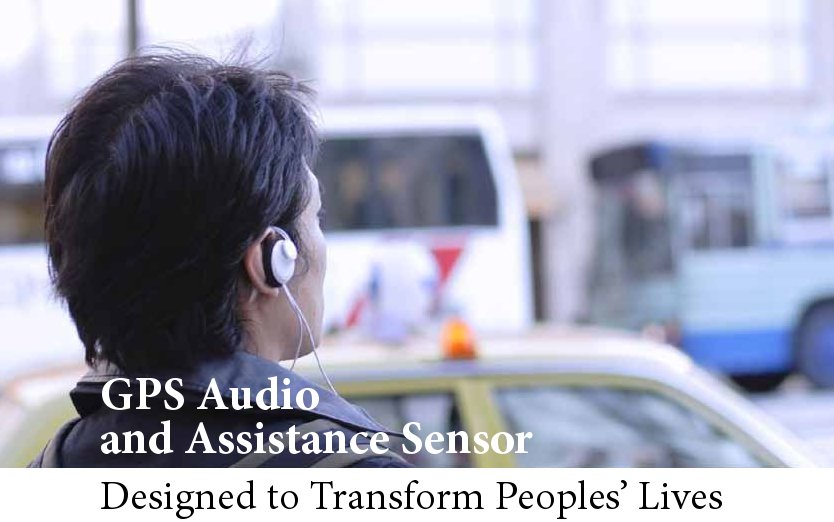By Evra Taylor
 The rights of the visually impaired and their access to services commonly available to sighted individuals often intersect with technology as new devices are introduced to make life easier and more streamlined.
The rights of the visually impaired and their access to services commonly available to sighted individuals often intersect with technology as new devices are introduced to make life easier and more streamlined.
While the sighted world celebrates the convenience and ease of global positioning system (GPS) technology to guide it through city roads and highways, the technology has no meaning to the visually impaired who cannot drive a car.
However, scientists at the Georgia Institute of Technology in Atlanta have developed an audio navigation system called SWAN, or the System for Wearable Audio Navigation, to help those with visual impairment navigate their surroundings and recognize what is in their immediate environment along the way.
The person wears a backpack containing a small laptop, and a series of beeps guides them, with different sounds indicating objects like park benches or obstacles such as fire hydrants.
Bruce Walker, assistant professor at Georgia Tech’s School of Psychology and College of Computing, developed the SWAN system with computer science expert Frank Dellaert and several colleagues. “At this point, SWAN is a research project only. We have been studying how such a device could be designed to help blind and low vision people move from place to place. We have a very sophisticated, fully functioning system, but it is only a prototype.”
Walker and his team are also working on a universal set of audio cues. For example, a knocking sound might signal an office door or a series of chords could indicate a skyscraper. SWAN is currently limited to the outdoors but developers are looking at using cameras to make it work inside, as well.
While SWAN represents a major advance in technology for the visually impaired, it is only one of several acoustical GPS systems. The Sendero Group (www.senderogroup.com) began developing accessible GPS in 1993 and their software is now at the core of four of six accessible GPS systems, including BrailleNote, Mobile Geo, Braille Sense and the Pac Mate/StreetTalk. In 2010, Sendero Group expanded on their available platforms and added the Sendero LookAround GPS application for the iPhone. What makes this company special is that most staff are visually impaired. They know from experience that orientation and mobility skills and tools for blind folks are essential to living a successful life.
Another form of adaptive technology for the visually impaired is the Assistance Sensor, an ultrasonic sensor system that improves mobility by detecting and signalling obstacles as one walks along the street. Three wearable sensors are clipped to the user’s clothing and connect to a small battery pack; wires worn under the clothing connect the sensors to the battery pack. The sensors send signals to the receiver housed in an adjustable wristband, which vibrates every time the sensors detect an obstacle — the closer an object, the more intense the vibration.
The Assistance Sensor, which is currently at the prototype stage, was developed by Ursulla Uelzhoeffer of Roselle Park, NJ. “This is a fantastic aid for the visually impaired,” she noted in a statement. “It is a sophisticated and cost-effective means of improving their mobility. The Assistance Sensor is compact, lightweight and wearable, and provides a hands-free navigation tool which is vitally important for the person who needs this device.” Visit www.virtual-prototype.com/?id=3502 for more information.
Basic abilities the sighted take for granted – such as reading street signs and signals, navigating their environment and overall ease of mobility – represent major hurdles for the visually impaired. Some of these challenges have been addressed by governmental bodies, researchers and disability activists with the goal of making the world an easier place for those who lack sight.
The Canadian Council of the Blind (http://ccbnational.net/content/) has lists of blindness organizations, blind-related links and technology products with useful information eyecare practitioners can share with their patients and their families.







